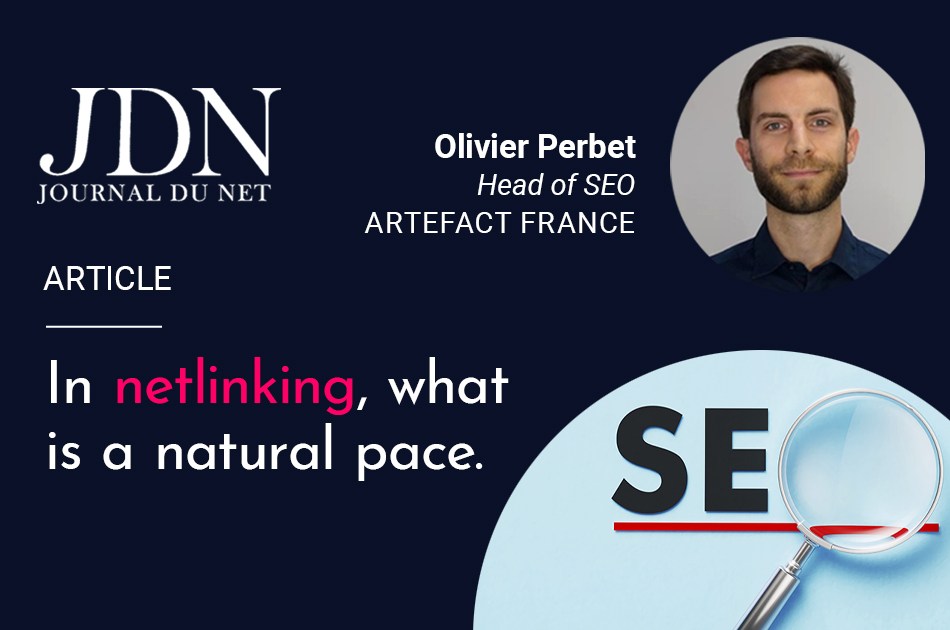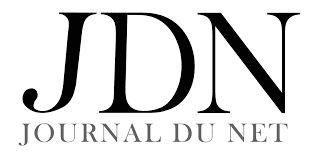Netlinken is een van de meest gebruikte en meest effectieve SEO-praktijken om een betere positie in Google te krijgen. Maar nu het landschap verandert en Google evolueert, rijst de vraag 'Wat is een natuurlijk tempo? In dit artikel legt Olivier de geschiedenis van netlinking uit en hoe we ons kunnen aanpassen aan de toekomst.
Van de drie pijlers van SEO is netlinking zowel de oudste als de moeilijkste om onder de knie te krijgen. De vraag naar het tempo van linkacquisitie is een open debat.
In grote lijnen:
We moeten teruggaan naar de beginjaren van Google om de huidige problemen te begrijpen. De zoekmachine van Google was grof in zijn rankings (in de positionering van pagina's in relatie tot een zoekopdracht). De belangrijkste factor van het rangschikkingsalgoritme was PageRank, een KPI die afhankelijk is van het aantal links naar een bepaalde site (en/of een bepaalde pagina).
Google kon alleen pagina's en sites crawlen, maar zonder de inhoud ervan goed te begrijpen. Door het web te verkennen, kon het echter voor elke site en pagina een aantal links meten. Het anker van de links hielp Google om het onderwerp van de pagina te begrijpen en versterkte zo hun relevantie voor het gebruikte trefwoord.
De tekortkomingen van Google gaven geboorte aan netlinking
Netlinken was daarom de meest effectieve methode om de ranking van een pagina te verhogen. De praktijken die naar voren kwamen waren creatief, gevarieerd en effectief:
Aangezien Google zowel over technische middelen als over een kwaliteitseis ten opzichte van internetgebruikers beschikt, profiteert het algoritme van de zoekmachine al meer dan 10 jaar van "updates" die bedoeld zijn om de effecten van misbruikpraktijken teniet te doen. Netlinking in het bijzonder is stevig aangepakt door de verschillende versies van de Penguin-update. Het SEO-vak is verrijkt met een permanent gevoel van wantrouwen tegenover Google.
De volgende waren doelwit en zijn nu in strijd met de kwaliteitsrichtlijnen van de zoekmachine:
De richtlijn is dat een site geen controle moet hebben over zijn eigen backlinks: ze moeten op natuurlijke wijze worden gemaakt door sites van derden, zonder tussenkomst van de uiteindelijke site-eigenaar.
Google is geëvolueerd maar netlinking bestaat nog steeds
Ondanks deze vooruitgang van Google blijft netlinking in 2022 een van de drie pijlers van SEO, aanbevolen en toegepast door merken en bureaus. Maar in bredere zin omvat het ook de natuurlijke verwerving van links door een website, die per definitie niet wordt gecontroleerd. Een website wordt tegenwoordig beïnvloed door vier veelvoorkomende situaties:
Natuurlijke linkverwerving
Een site profiteert van natuurlijke zichtbaarheid in de letterlijke zin, hij kan op verschillende manieren worden gevonden (positionering, mond-tot-mondreclame, delen). Een bepaalde pagina (product, referentieartikel) kan dus op elk moment links ontvangen. Een aanbeveling op een forum, een mediaselectie op een top 10 van een productcategorie, een media-artikel waarin de bron wordt geciteerd. Links naar de site komen dus sporadisch, zonder voorspelbaar ritme.
Merk nieuws
Wanneer een nieuw product wordt uitgebracht, een merkevenement (een modeshow, een nieuwe artistiek directeur). De media-aandacht is van korte duur, met persaandacht die slechts een paar dagen duurt in zowel gedrukte als online media. Alle links die naar de site worden gelegd, worden in zeer korte tijd gepubliceerd door de media en blogs (en sociale netwerken).
Netlinking is hier passief. Persberichten die worden verstuurd door de communicatieafdeling van het merk bevatten soms een link naar de site, maar de media zijn vrij om deze al dan niet op te nemen.

Voorbeeld van de verwervingssnelheid van links naar de Deezer-site over 2022.
Linkbaiting
Het merk publiceert nieuwe inhoud om aandacht, verkeer en links te genereren (een studie over zijn sector, een infographic). De inhoud wordt zoveel mogelijk gedeeld om een maximale zichtbaarheid te bereiken: de sociale netwerken van het merk en de relays van de medewerkers. De zichtbaarheid is zeer kort en intensief, maar het doel is vaak de SEO-positionering van de inhoud, dus de linkverwerving wordt in de loop van de tijd uitgebreid tegen een laag tarief.
Linkbuilding / netlinking
Het merk werkt actief aan zijn netlinking via gesponsorde artikelen die op media en blogs worden gepubliceerd. Het controleert de bronsite, de semantische relevantie van de pagina, het linkanker en de bestemmingspagina die moet worden gepromoot. Dit is de meest effectieve strategie om specifieke pagina's te verbeteren en het verkeer op een bepaalde zoekopdracht te stimuleren als de inhoud niet voldoende is. We spelen ook in op de seizoensgebondenheid van het product. Hier wordt het tempo gecontroleerd.
Is het concept van natuurlijk ritme relevant?
Het is deze laatste praktijk die leidt tot de vraag over het tempo van een linkcampagne. Het algemeen aanvaarde idee is dat een natuurlijk tempo gelijkmatig en langzaam is, niet te onderscheiden van het acquisitietempo van een passieve site en daarom niet op te sporen door de radar van Google.
Maar als we kijken naar een voorbeeld van een "passief" tempo, met het merk Deezer - zien we pieken in linkacquisitie als gevolg van nieuws over het merk en releases van nieuwe functies.
Wordt de site in kwestie gesanctioneerd door Google? Zeker niet. Als we afstand nemen van het pure SEO-denken van tien jaar geleden, moeten we verder kijken dan de beperkte logica van de op zichzelf staande website die beperkt is tot één gesloten omgeving, de natuurlijke zoekresultaten van Google. Een website is vooral de etalage of winkel van een echt merk, waarvan de activiteit en reputatie veel verder gaan dan de zoekresultaten of zelfs het web. Net zoals men zijn SEO-strategie aanpast op alle onderwerpen voor een site, verdient netlinking het ook om verder te gaan dan starre vooroordelen.

 BLOG
BLOG







